#Tokachi River
Text
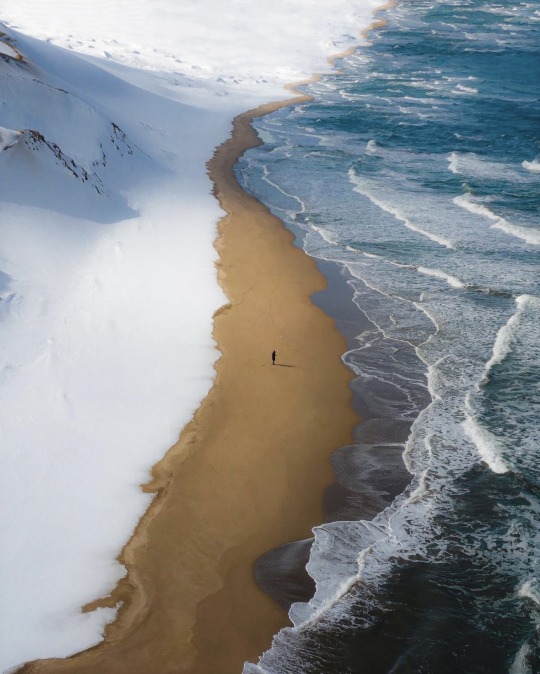
On the island of Hokkaido, the mouth of the Tokachi River freezes each winter, causing blocks of ice to form and wash up on the beach in the city of Toyokoro. This natural phenomenon, nicknamed 'jewellery ice, is unique to Japan.
6K notes
·
View notes
Photo

Jewelry ice in Hokkaido, Japan
2 notes
·
View notes
Text
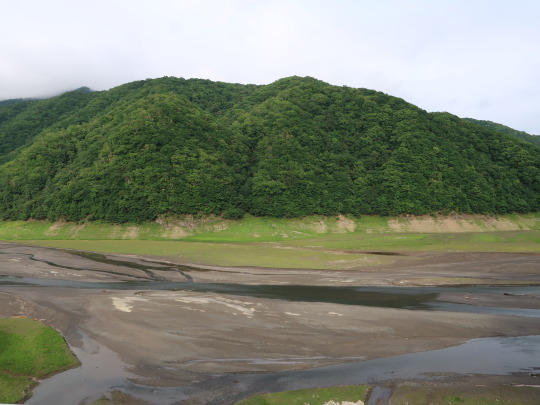
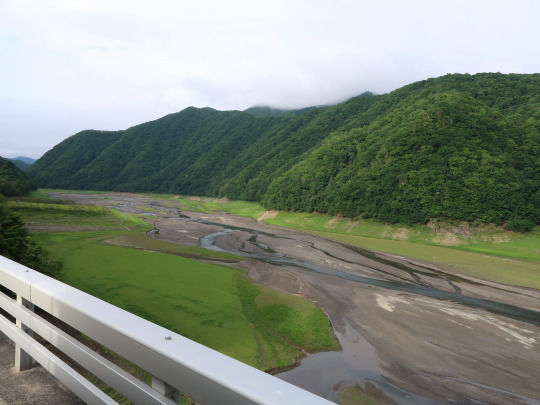
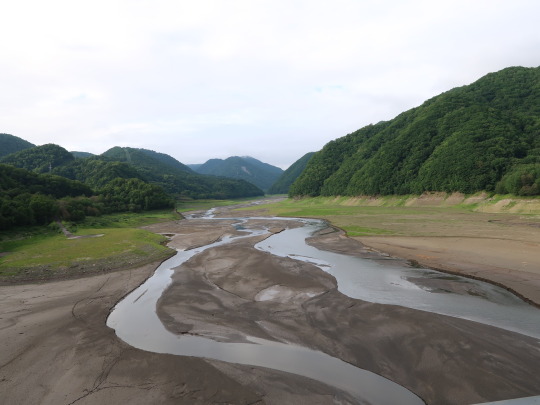
東大雪橋(十勝川) Higashi-daisetsu Bridge (Tokachi River)
北海道上川郡新得町 Shintoku-cho, Kamikawa-gun, Hokkaido, Japan
2023/08
車窓より
158 notes
·
View notes
Text
Mintuci
The mintuci is a water sprite or an aquatic supernatural creature, a half-man-half-beast, told in stories of Ainu mythology and folklore. It is also considered a variant of the kappa and therefore a type of yōkai.
The name is mintuci according to modern Ainu orthography, but it is also commonly spelled mintsuchi in folkloric study literature written in Japanese.

The mintuci has been defined as "fabulous animal", purported to be "half human and half animal and to inhabit lakes and rivers" in the Ainu dictionary c. 1900 compiled by British missionary John Batchelor. But he also perceived it as a type of water spirit, and stated it was considered by the Ainu to be a type of "koshimpuk" (normalized spelling: kosimpuk, kosimpu), which is a word glossed as meaning 'fairy' or 'daemon'.
Others characterize it as a yōkai, closely akin to the kappa, but others point out that there are legends peculiar to the Ainu that are attached to the mintuci, not seen in kappa legends.
The Ainu word mintuci is considered to be borrowed from the Japanese word mizuchi (or variants thereof) that are local appellations for the kappa, ultimately deriving from the term mizuchi which signifies a type of dragon.
However, Batchelor has given a strictly Ainu etymology for mintuci, explaining it as a compound of mimi (or mim) meaning 'flesh' and tumunci meaning 'devil'.
According to some Ainu elders, mintuci was a name that people on the Japanese mainland used to refer to kappa, and the correct Ainu term was Shiri-sham-ainu literally denoting a "mountain-side-person". Its bald-headedness and reference to the mountain-side suggests a hypothetical connection to, or conflation with, the generic Japanese mountain deity, the Yama-no-Kami.
The name manifests local variation, and the creature is called mimtuci in the Chitose dialect and mintoci in the Ishikari region.
The creature is known by the name hundoci or slight variants thereof in the Tokachi and Kurshiro regions. It is said to make an occasional grunting noise like "hunn", according to the folklore of the town of Ikeda in the eastern part of the Tokachi Plain, where the hundoci appears the guise of a diminutive old person of indeterminate gender.
The kappa of the Ainu may otherwise be called "mintoci kamuy, nintoci kamuy, or huntoci kamuy".
The mintuci are reputedly of the height and stature of a 3-year old to a 12 or 13 year-old human, and it has a head of hair without a "plate" like the kappa (though having fleshy, bald patches on their heads), and though they may be bald-headed the males and females still can be distinguished, or so it has been told in tale where the mintuci appears in the Ishikari River.
Its skin is purplish or reddish, with sea turtle-like texture, and they have either bird-like feet or four sets of hooves, with one supposed witness discovering sickle-like footprints. There also exists oral tradition that both its arms are attached, so that tugging one arm makes the other become shorter, or pulling on one arm hard enough will cause both arms to be ripped out; however, this curious anatomical lore may not be original, since it is told of the kappa in some regions of Japan.
The mintuci are said to hunt people and livestock by dragging them under water, but this prankishness is also a trait frequently ascribed to the kappa, cf. the motif of the kappa komabiki ("the water-imp dragging a horse into the water").
People may also become possessed by the mintuci, and women possessed by one may attempt to seduce men. According to a legend circulating in Kushiro, on a foggy nights, a victim may detect what seems to be human presence that has abruptly appeared ahead of him, and trying to engage this entity in conversation will go unanswered; it continues to walk onward until the victim notices the odd bird-like footprints, and just then the mintuci's shadow would vanish and come around from behind, dragging the victim into the water.
Although the mintuci is generally considered an "evil dispositioned" type of fabulous aquatic creature, reputed to "disembowel and devour human beings when they catch them", there are also benevolent types called pirika mintuci (lit. "good mintuci") which inhabit the mountains according to John Batchelor.
It is not strictly just the mountain type which assists humans (bringing bounty of the mountain, i.e., luck of hunting), because the aquatic mintuci are also known to help (bestow bounties of the waters, i.e., luck in fishing), and there are also dangerous consequences when the mountain mintuci is crossed, as detailed below:
As the mintuci is a deity which controls the fish, it may bring luck to fishermen, but at a price, because as long as it is present it will be responsible for an increase in deaths by drowning. In an anecdote set in the Ishikari region, the mintuci allowed a bountiful catch of fish, but it was sure to take several lives each year, so that the people begged it to move elsewhere to the town of Shizunai in Hidaka (now incorporated into the town of Shinhidaka, Hokkaido), and as a result, the drownings ceased, but the fish catch plummeted afterwards. In another tale, a mintuci became the adopted husband and came to live with the bride's family in the hamlet of Chikabumi in Asahikawa, and he brought about a rich harvest of fish, but was discovered to be the cause of increased drownings in the rivers, so was expelled, and thereafter it moved to Shibichari River (in town of Shizunai). The prosperity of Asahikawa and Saru River was attributed to mintuci protection.
The mintuci also blesses the hunter, rewarding him with game in plenitude according to folk tradition. According to one piece of lore, the chieftain of the mintuci is called mintuci-tono, and he is a bearer of bow and arrows, known to aid humans in need, or giving the gift of bow and arrows, but in return demands offering of sake or hei type ornaments, and people are obliged to comply. But the ornament in question should not be the inaw usually offered to the gods, but a more simplified version.
The mintuci is thought capable of transforming into a youth and becoming an adopted husband at a home with only daughters, bringing about fortune and luck of the hunt, but once the village incurs his wrath, he will depart, absconding with the community's food spirit, causing famine. There are tales of the mintuci acting as guardians for humans in Asahikawa and Saru River areas. In one tale set in Saru River, a mintuci who helped the chieftain carry his load demanded a banquet afterwards, rewarding his hosts with a golden tobacco case said to be an amulet of protection from night raids. When another village attacked, those who participated in providing hospitality to the spirit were intact, but those who failed to come to the gathering all lost their lives. The motif of the golden tobacco case amulet as a gift also occurs in a variant tale entitled "Kappa no hanashi" where the benefactor is the kappa-deity or nintoci kamuy.
According to one origin myth, long ago during the epoch when the god Okikurumi descended on earth and ruled over the Ainu (human) world, there came far from the sea the smallpox divinity known to the Ainu as Patum-kamui, and many succumbed to disease. Okikurmi then created a set of 61 Chishinap-kamui made by braiding mugworts into a cross shape, breathing life into them to fight the smallpox divinity/demon. All but one of the puppets drowned and grand general who remained managed to defeat the smallpox demon. The puppets that drowned thereafter became the mintuci kamuy, helping people in case of illness or adversity.
A (less mythologized) and historical folk tradition blames the arrival of the pox to Japanese traders and their merchant ships. According to tradition, the Smallpox Deity (smallpox demon) sneaked on the bezai boats which the Japanese sailed into Hokkaido to establish trade relations with the Ainu during the Edo period. A smallpox outbreak killed many Ainu. And this led to the custom of creating the weed dolls for protection from this disease, namely, the Ti-sinap-kamuy was not invented by a god, but by the Ainu people. In fact, the literal meaning of Ti-sinap-kamuy is 'god whom we bundled/bound'.
11 notes
·
View notes
Text
Geography of Japan:
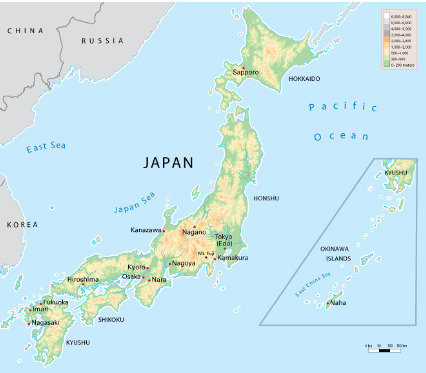
Japan is bounded to the west by the Sea of Japan (East Sea), which separates it from the eastern shores of South and North Korea and southeastern Siberia (Russia); to the north by the La Perouse (Sōya) Strait, separating it from Russian-held Sakhalin Island and by the Sea of Okhotsk; to the northeast by the southern Kuril Islands (since World War II under Soviet and then Russian administration); to the east and south by the Pacific; and to the southwest by the East China Sea. The island of Tsushima is located between northwestern Kyushu and southeastern South Korea, defining the Korea Strait on the Korean side and the Tsushima Strait on the Japanese.
youtube
The country's mountainous character is the result of orogenic (mountain-building) factors that occurred mostly during the Quaternary period (approximately the last 2.6 million years), as demonstrated by the regular occurrence of strong earthquakes, volcanic activity, and indicators of sea level fluctuation along the coastline. There are no significant structural plains or peneplains (huge land expanses levelled by erosion), which are often found in more stable parts of the Earth. The mountains are mostly at an early stage of dissection, with steep slopes punctuated by extensive river-valley networks. Rivers are typically torrential, and their valleys are accompanied by a sequence of river terraces formed by movements in the Earth's crust, as well as climate and sea-level variations over the Holocene (the last 11,700 years). Recent volcanoes are paired with older, more dissected ones. The beaches are distinguished by raised and depressed features such as headlands and bays, which are still in their early stages of development. The mountains are broken into several tiny land units separated by plains or deep saddles; there is no large, continuous mountain range. These land blocks are the consequence of significant faulting (movement of nearby rock masses along a fracture) and warping (bending of the Earth's crust), with the former being the main process. As a result, mountain blocks are frequently surrounded by fault scarps and flexure slopes that drop in steps to the nearby lowlands. Coalescing alluvial fans, or conical deposits of alluvium that run together, arise where rivers emerge from the highlands. When rivers reach the sea, low deltaic plains form in front of fans. This is especially common in shallow and protected bays like Kantō (Kwanto), Nōbi, and Ōsaka. In most locations, however, fan surfaces plummet down into the sea, divided only by short, sandy beach ridges. Dissected plains are commonplace. Disturbances have risen old alluvial fans, deltas, and sea bottoms, resulting in flat-topped uplands like the Kantō Plain. Volcanic ash often covers the uplands, as seen in the Kantō and Tokachi plains.
youtube
Japan is one of the world's most geologically unstable regions. The country suffers over 1,000 tremors each year, most of which are small. However, severe earthquakes, like as those in Tokyo-Yokohama in 1923 and Kōbe in 1995, result in significant loss of life and massive devastation. Violent volcanic eruptions are common, and at least 60 volcanoes have been active throughout history. Shōwa Volcano on Hokkaido and Myōjin Rock off the Beyoneisu (or Bayonnaise) Rocks in the Pacific are examples of volcanoes formed around 1900. Major eruptions after 1980 include Mounts O (1983) and Mihara (1986) in the Izu Islands, as well as Mount Unzen (1991) in Kyushu. The country's plentiful hot springs are largely volcanic in nature. Many of the massive volcanoes are conical in appearance (such as Mount Fuji), while others produce steep lava domes (such as Mounts Dai and Unzen). There are few prominent shield volcanoes (wide, gently sloping volcanic cones), and there are no large lava plateaus. Calderas (huge, circular, basin-shaped volcanic depressions) are common in volcanic areas, particularly in the northeast and southwest, with many of them filled with water, including Lakes Kutcharo, Towada, and Ashi. The instability—and, in fact, the basis for Japan's existence—is caused by the tectonic movement of many of the Earth's major crustal plates near the archipelago. The most significant is the subduction (sinking) of the Pacific Plate (in the north) and the Philippine Plate (in the south) beneath the Eurasian Plate, on which Japan rests. The movements of these plates have formed six mountain arcs off Asia's northeastern coast: the Chishima Range of the Kuril Islands, the Karafuto (Sakhalin) Mountain system of Hokkaido, the Northeast, Southwest, and Shichito-Mariana ranges of Honshu, and the Ryukyu Island formations.
Reference:
The Editors of Encyclopaedia Britannica. (1998). Japan's Land. [Online]. britannica. Last Updated: 27 October 2023. Available at: https://www.britannica.com/place/Japan/Geologic-framework [Accessed 19 February 2024].
0 notes
Text
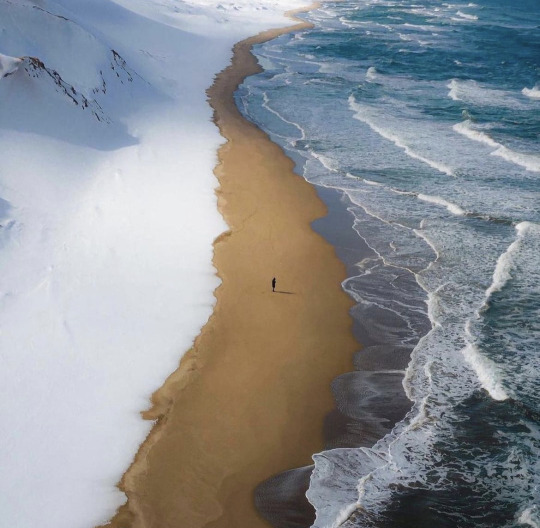
like snow on the beach - tokachi river
1 note
·
View note
Text
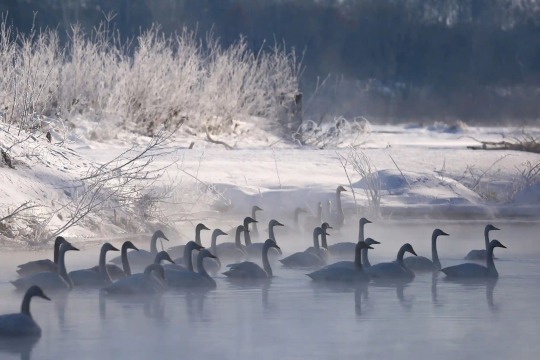
Swans on the banks of the Tokachi River near Otofuke-cho in Hokkaido prefecture, Japan 🇯🇵. Photograph: JIJI Press/AFP/Getty Images
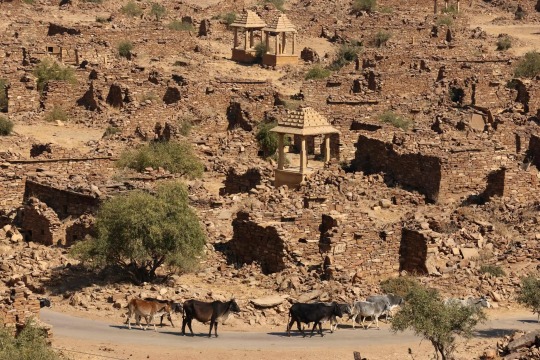
Cows walk through the abandoned village of Khabha in India’s desert state of Rajasthan, India 🇮🇳. Photograph: Sebastien Berger/AFP/Getty Images
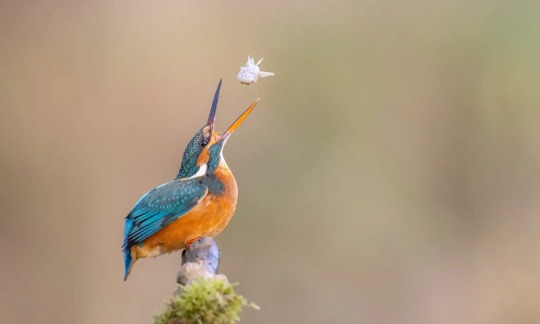
A kingfisher stuns a fish beforer swallowing it on a river in Bedfordshire, UK 🇬🇧. Photograph: Warren Price/Solent News & Photo Agency/Solent News
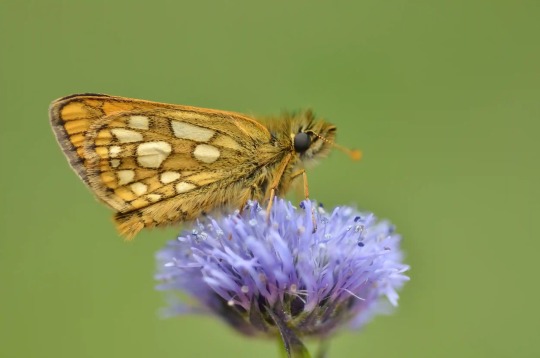
A chequered skipper (Carterocephalus palaemon) butterfly. Around 80% of UK 🇬🇧 butterfly species have declined since the 1970s, according to a new report. Photograph: Gilles San Martin/Butterfly Conservation/PA
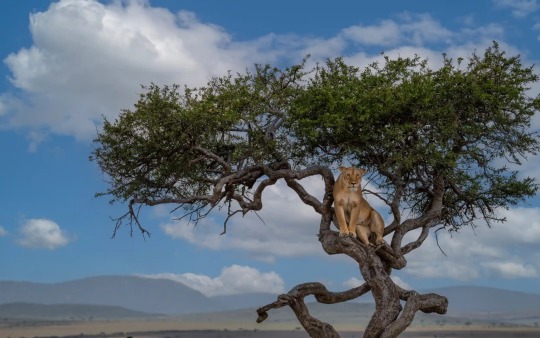
Masai Mara, Kenya 🇰🇪! A lioness surveys the landscape of the Masai Mara in Kenya from the top of an umbrella acacia thorn tree. Photograph: Siddhesh Mungekar/Media Drum Images

Paris, France 🇫🇷! Riot police during clashes at a demonstration in Paris against the government’s reform of the pension system. More than 1.27 million people took part in street demonstrations across France in a second round of coordinated strike action against Emmanuel Macron’s unpopular plan to raise the retirement age to 64. Photograph: Yoan Valat/EPA
0 notes
Text
Climbing the Hundred Famous Mountains in Japan
If you have been to Japan, chances are that you've been to some of the Hundred Famous Mountains in Japan. But what are they and what can you do to climb them? The list is long, but we'll cover the top 3 most popular mountains in this country. You'll be amazed at what you can see on the way to these mountain tops, and you might even become a fan of the country's iconic mountains. Click here to learn more 百名山
Fukada's famous book has inspired a decades-long hiking boom in Japan. Many of the mountains on Fukada's list are highly sought-after by climbers. Since then, the list has grown to include another 200 or three hundred. Only a handful of people have climbed all of these mountains, and the list is constantly growing. But even so, there are many reasons to hike to these incredible spots in Japan.
The number of mountains in Japan varies from 16,667 to 18,032 mountains, depending on which method you use. Mount Fuji is Japan's tallest peak, and there are several other mountains in the country that are worthy of exploration. There are even many smaller mountains that aren't even named in the books. That makes the total number of mountains in Japan even more impressive. This list has a variety of hiking routes, from easy to difficult, and is sure to inspire you to explore Japan's many hiking trails.
If you'd like to know more about Japan's mountains, get your hands on a hiking guide. There are hundreds of them in Japan, and a well-written book will make them all seem like a dream hike. For only $25 on Amazon, you can get a copy of the book and learn about the many hikes on each mountain. While Mount Fuji is synonymous with Japan, there are lesser-known mountains that are just as stunning and photogenic. The top 10 most popular mountains in Japan are Mt. Fuji, Mount Haku, and Tate.
Tomuraushi Mountain: This mountain is located on the upper reaches of the Tokachi River. Its proper name is tonra-usi, which means "a lot" in Ainu, and tom-ra means rat. Ainu words are not always easy to pronounce, but they are worth trying. These mountains are located in Hokkaido, and are called the "Ainu" of Japan.
1 note
·
View note
Video
Blue Pond (青い池) in Biei, Hokkaido by Daniel Poon
Via Flickr:
Blue Pond (青い池 Aoi-ike) is a man-made pond feature in Biei, Hokkaido, Japan. It is the result of works on the Biei River (美瑛川), carried out after the 1988 eruption of Mount Tokachi, to protect the town of Biei from volcanic mudflows. The colour is thought to result from the accidental presence of colloidal aluminium hydroxide in the water. Damage caused by Typhoon Mindulle in August 2016 resulted in a temporary drop in the water level and in the colour briefly turning brown with mud and sand from the Biei River
0 notes
Text
0 notes
Text
Part 2
the war, however, Japan’s spectacular economic growth—one of the greatest of any nation in that period—brought the country to the forefront of the world economy. It now is one of the world’s foremost manufacturing countries and traders of goods and is a global financial leader
Land
Japan is bounded to the west by the Sea of Japan (East Sea), which separates it from the eastern shores of South and North Korea and southeastern Siberia (Russia); to the north by La Perouse (Sōya) Strait, separating it from Russian-held Sakhalin Island, and by the Sea of Okhotsk; to the northeast by the southern Kuril Islands (since World War II under Soviet and then Russian administration); to the east and south by the Pacific; and to the southwest by the East China Sea, which separates it from China. The island of Tsushima lies between northwestern Kyushu and southeastern South Korea and defines the Korea Strait on the Korean side and the Tsushima Strait on the Japanese side.
Relief
The mountainous character of the country is the outcome of orogenic (mountain-building) forces largely during Quaternary time (roughly, the past 2.6 million years), as evidenced by the frequent occurrence of violent earthquakes, volcanic activity, and signs of change in sea levels along the coast. There are no sizable structural plains and peneplains (large land areas leveled by erosion), features that usually occur in more stable regions of the Earth. The mountains are for the most part in a youthful stage of dissection in which steep slopes are incised by dense river-valley networks. Rivers are mostly torrential, and their valleys are accompanied by series of river terraces that are the result of movements in the Earth’s crust, as well as climatic and sea-level changes in Holocene times (i.e., the past 11,700 years). Recent volcanoes are juxtaposed with old and highly dissected ones. The shores are characterized by elevated and depressed features such as headlands and bays, which display an incipient stage of development.
The mountains are divided into many small land blocks that are separated by lowlands or deep saddles; there is no long or continuous mountain range. These land blocks are the result of intense faulting (movement of adjacent rock masses along a fracture) and warping (bending of the Earth’s crust); the former process is regarded as dominant. One consequence is that mountain blocks are often bounded by fault scarps and flexure slopes that descend in step formation to the adjacent lowlands.
Coalescing alluvial fans—cone-shaped deposits of alluvium that run together—are formed where rivers emerge from the mountains. When the rivers are large enough to extend their courses to the sea, low deltaic plains develop in front of the fans; this occurs most frequently where the rivers empty into shallow and sheltered bays, as in the deltas of Kantō (Kwanto), Nōbi, and Ōsaka. In most places, however, fan surfaces plunge directly into the sea and are separated by low, sandy beach ridges.
Dissected plains are common. Intense disturbances have caused many former alluvial fans, deltas, and sea bottoms to be substantially uplifted to form flat-topped uplands such as those found in the Kantō Plain. Frequently the uplands have been overlain with volcanic ash, as in the Kantō and Tokachi plains.
Geologic framework
Japan is one of the world’s most geologically unstable areas. The country experiences some 1,000 tremors annually, most of them minor, though major quakes—as in Tokyo-Yokohama in 1923 and Kōbe in 1995—cause considerable loss of life and widespread destruction. Violent volcanic eruptions occur frequently, and at least 60 volcanoes have been active within historical time. Volcanoes born since 1900 include Shōwa Volcano on Hokkaido and Myōjin Rock off the Beyoneisu (or Bayonnaise) Rocks in the Pacific. Among the major eruptions since 1980 are those of Mounts O (1983) and Mihara (1986) in the Izu Islands and Mount Unzen (1991) in Kyushu. The country’s abundant hot springs are mostly of volcanic origin. Many of the gigantic volcanoes are conical in shape.
0 notes
Photo

jewelry ice
2 notes
·
View notes
Text
Railroad trip 08/14/2019
Leaving Kitami city...
Hiushinai sta

Abashiri sta

Abashiri river

After going through senmou-line, arrived at Kushiro sta.

Going to Tokachi area-
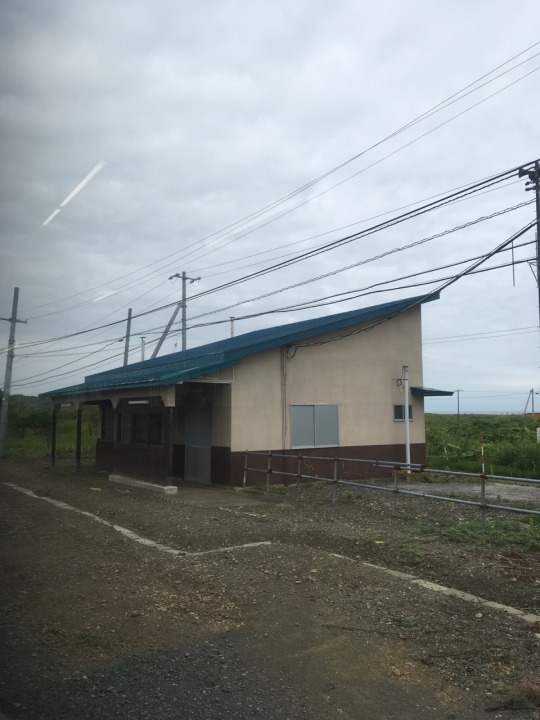
Ikeda sta

Deco train

0 notes
Text
Chapter 534: Super Tokachi Train from Sapporo to Tomamu
Chapter 534: Super Tokachi Train from Sapporo to Tomamu

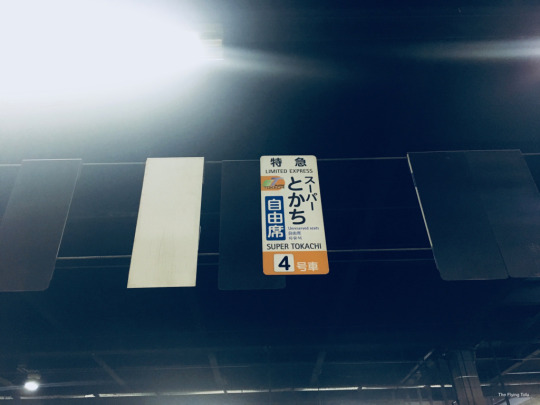

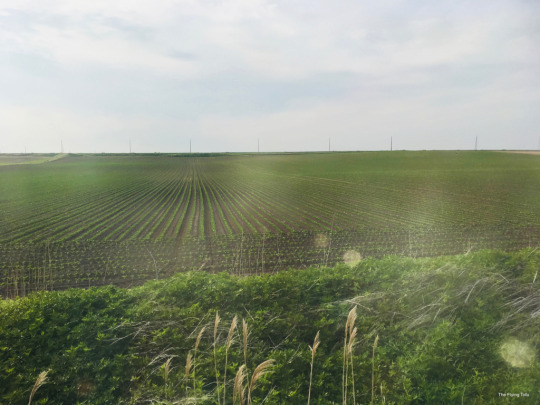
Going to Tomamu was one of my most biggest missions during my time in Hokkaido. The train ride from Sapporo Station took about 1hr and 30mins. The journey was actually very pleasant with plentiful scenery galore. The fields were beautiful with sparkling green and rivers of blue. It did get a bit packed after Chitose Station, there were so many tourists getting on, but luckily I snatched a good…
View On WordPress
0 notes
Photo
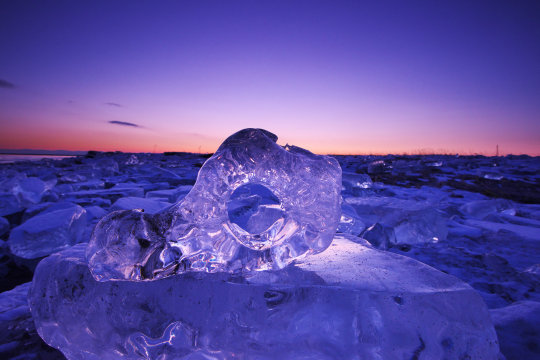
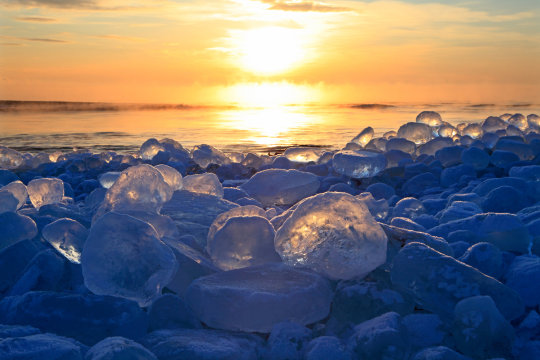
Ice lumps referred to as jewelry ice appear every winter on a beach at the mouth of the Tokachi River on Hokkaido, the northern island of Japan
86 notes
·
View notes
Photo

Once-dried tiny tributary serves as shelter for wintering fish
Hokkaido University researchers have found that more than 10,000 stream fish migrated to a small tributary only four months after it had dried out during the summer, suggesting that even remnant tributaries are critical wintering habitats.
Depending on their body growth and seasonal changes, many stream fish migrate between small tributaries and a river’s main stem, or between different environments such as rapid and slow-moving water habitats. Finding a wintering habitat is key for fish to survive in frigid locations such as Hokkaido, the northernmost island of Japan. But such habitats have been only scantly surveyed due to the difficulties associated with undertaking fieldwork during the harsh winter season.
In 2013, the team, led by Associate Professor Itsuro Koizumi of the university’s Faculty of Environmental Earth Science, located a small tributary of the Otofuke River (in the Tokachi River System in central Hokkaido) that had dried out during the summer. When the team surveyed the tributary again in September, after water had returned, the researchers discovered only several rainbow trout, while aquatic insects such as stoneflies, mayflies and caddis flies were almost nonexistent. During another survey conducted at the end of November, however, the team caught a considerable number of fish, mainly rainbow trout, Siberian stone loach and Japanese dace.
In order to perform quantitative research, five reaches between the source of the tributary and its junction with the main river were sampled, and the number of fish in the tributary was statistically estimated.
Read more here.
Provided by Hokkaido University
8 notes
·
View notes